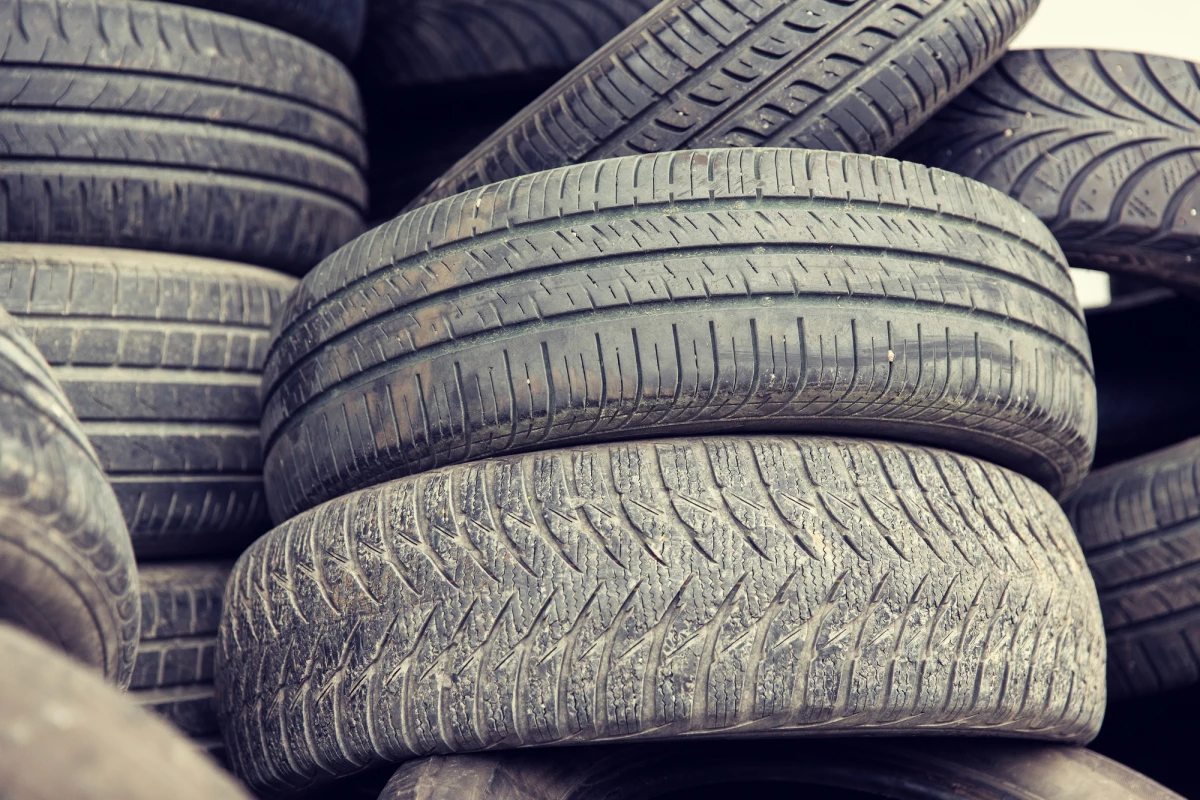With a notoriously large carbon footprint, concrete is a prime target for researchers developing greener materials for the future of construction. A number of studies have shown how old rubber tires can be used to make versions that are stronger, more heat-resistant and flexible enough for use as a road material. A new study has assessed its value in real-world settings by using concrete containing old tires as a residential slab and monitoring its performance over several years, where it outshone conventional concrete in a number of ways.
The type of concrete at the center of this study is known as crumb rubber concrete, and its production involves grinding rubber tire down into crumbs of a similar consistency to sand. These crumbs can then be used to replace a certain proportion of the sand typically mixed in with the cement, water and other ingredients to form concrete, lessening the reliance on the natural material and giving the discarded rubber a second life.
Scientists at the University of South Australia and Melbourne's RMIT University have sought to take this material from the "lab to the slab," noting that while it has shown a lot of promise in laboratory testing, its reliability in real-world construction requires further exploration.
To investigate its practical application in residential settings, the scientists poured two crumb rubber-reinforced concrete slabs at the University of South Australia campus in 2018, along with two conventional concrete slabs. These formed the entrances to a civil engineering laboratory that sees a lot of foot traffic, with the team closely monitoring the materials' performance over time.
“We found that reinforced crumb rubber concrete (with up to 20 percent sand replacement by volume) is superior to conventional concrete in some ways, with higher impact resistance, toughness and ductility, a higher damping ratio, better thermal and acoustic insulation, and a lighter weight," said study author Dr Osama Youssf. “With respect to pumping, screeding, or finishing the concrete surface using a power trowel, contractors also reported no difference between using the crumb rubber concrete and conventional concrete, saying that the crumb rubber mix actually required less physical effort across all aspects."
Factors like impact resistance and toughness bode well for the longevity of the concrete, which is a key focus for scientists working in this area. Concrete is incredibly carbon-intensive to make, so when it begins to crack, degrade or fail and structures need to be replaced, it places yet more strain on the environment. Making more durable forms of it while putting old, non-biodegradable tires to use could therefore be beneficial on a couple of fronts.
“The results clearly show that crumb rubber cement is a viable and promising alternative to conventional concrete in the residential concrete market,” said study author Professor Yan Zhuge. “We strongly recommend that the concrete industry considers crumb rubber concrete as a sustainable alternative to conventional concrete in reinforced residential constructions in Australia.”
The research was published in the journal Structures.
Source: University of South Australia




